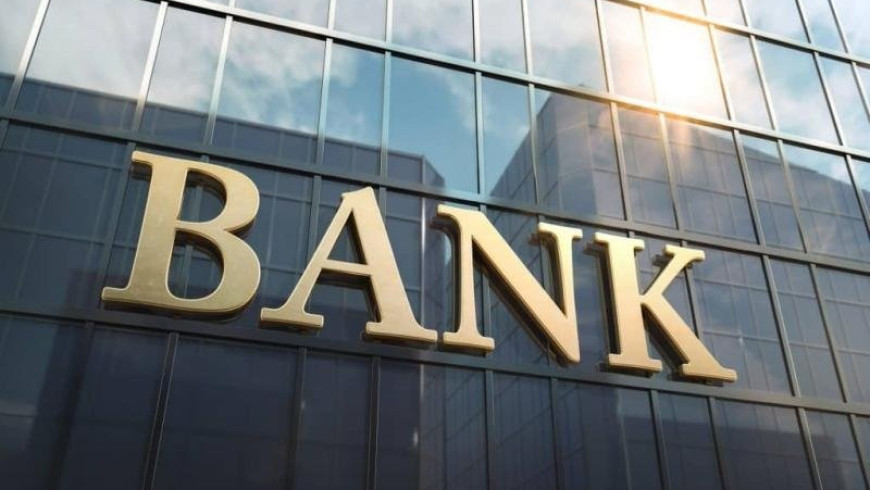
On 30 November 2022, the Central Bank of Cyprus (CBC), following the revised methodology described in its macroprudential policy, and acting proactively in order to fulfil its primary objective of safeguarding financial stability, decided to increase the countercyclical buffer rate from 0% to 0,5% of the total risk exposure amount in the Republic of each licensed credit institution incorporated in the Republic.
In particular, the decision aims at strengthening the resilience of the banking sector at the current juncture, i.e. at a time when risks are neither particularly elevated nor subdued. The goal is to ensure, to the extent possible, a sustainable flow of credit to the economy in future times of potentially increased risks.
According to a statement, the envisaged consultation with the European Central Bank (ECB), as set out in Article 5 of the Single Supervisory Mechanism Regulation, has already taken place, and the ECB did not object to the above decision of the CBC.
The CBC's assessment, for the purpose of reaching the above decision, is based on a holistic approach using both a range of quantitative tools i.e. a set of indicators, as well as qualitative analysis, and follows the principle of Guided Discretion, as proposed by the European Systemic Risk Board (ESRB) through its Recommendation/2014/1 on guidance for setting countercyclical buffer rates.
The new rate of 0,5% must be observed as from 30 November 2023, creating a cushion of capital for credit institutions, which can be used in times of crises and during economic downturns to absorb potential losses and/or to support lending to the private sector.
The indicators monitored by the CBC in its quantitative analysis include the deviation of the credit-to-GDP ratio form its long-term trend (Credit-to-GDP gap), indicators related to credit expansion, private non-financial sector indebtedness, the real estate market, the real economy, external imbalances, as well as the resilience of the banking sector. The summary table of the quantitative indicators used by the CBC, including the credit-to-GDP ratio and its deviation from the long-term trend (Credit-to-GDP gap), is set out in the file.














 3287.99
3287.99 1275.09
1275.09
